
“I can’t spend money on training or learning something new. It will be a waste of time and money. I’ll feel guilty. I’m not worth it.”
Earlier this year, I asked readers to send me their particularly tricky limiting beliefs. The quote above was in response to a 5-day email course I did on Identifying Your Limiting Beliefs.
I received dozens of responses, but this one stuck with me.
Why?
Because I’ve had this exact same thought more times than I can count.
When there are so many free resources available on the internet, it can be tempting to think that we should always be able to figure everything out ourselves.
I used to DIY everything. I thought I could learn everything I needed from books, youtube videos, and google.
When I started my business and realized I was agonizing over every single little detail, I knew I needed to find support. But, it was hard to accept that I wanted (and would truly benefit) from help. It was hard to invest in myself.
How I Worked Through The Limiting Belief that I Shouldn’t Invest Money in Myself
Earlier this year, I wrote a post (and hosted a live training) about the strategies I use to conquer my limiting beliefs.
There are three main strategies to work through limiting beliefs:
- Flip the Script
- Look for Evidence
- Ask Questions
Let’s apply all these strategies to this limiting belief: “I can’t spend money on training or learning something new. It will be a waste of time and money. I’ll feel guilty. I’m not worth it.”
Strategy 1: Flip the Script
The first strategy to try when you are working through a limiting belief is to simply say the opposite and see if you believe it’s true.
So in this case, I could say, “I can spend money on training and learning something new. It will be a good use of time and money. It’s worth doing.”
Maybe you can believe this statement is true, but maybe you can’t. For me, this was a deeply embedded limiting belief, so I needed to work through other strategies.
Strategy 2: Look for Evidence
If flipping the script doesn’t work for you, the next strategy is to look for evidence (either from your life or someone else’s).
In this case, I asked myself, “What evidence do I have that spending money on learning is a waste of money?”
Alternatively, I asked myself, “What evidence do I have that spending money on learning is a good use of money?”
I had never invested in coaching before, so I knew I needed to either look to the experience of others and look at places in my life that were comparable.
As I thought about it, I realized was that I had already invested so much time and money into therapy for my mental health. I’ve worked with therapists on and off for the last 10 years. I’ve also participated in group therapy/classes related to particular topics. So, I already knew how transformative having a guide could be.
I also knew people who had worked with coaches and gotten a lot out of it. In fact, one of my closest friends had started working with a coach several months earlier. She was gaining a lot of clarity.
Then, I read and watched testimonials of people who had worked with the coach that I was considering. I loved seeing testimonials from people who I look up to in the personal finance space. Clearly, they had gotten a lot of value out of working with a coach and felt like it was worth the investment. Why couldn’t I see it the same way?
I also knew that I wasn’t getting very far on my own. I was stressed out. I was agonizing over everything. I was treating every decision like it could make or break my business. It was exhausting.
The evidence was that:
- I would benefit from support.
- I had benefitted from expert support in the past.
- So many other people (including people I look up to) have benefitted from working with a coach.
Strategy 3: Ask Questions
After working through the evidence, I was closer to being ready to commit to working with a coach. But, I wasn’t quite there yet. I still had this sinking feeling that I should be able to do it myself, so I shouldn’t spend money.
So, I moved onto the strategy of asking questions. This is where I have a dialogue between my inner critic and my inner coach. I ask myself questions to really dig into what I believe. Usually, I do this by journaling, but sometimes I also enlist a friend.
Some questions I asked myself included:
- Why do I believe that I should be able to figure everything out by myself? Do I really believe that’s true?
- Do I have the money? Would spending the money negatively impact me in any way?
- What’s the worst that could happen? If that happened, would I still be okay?
- What’s the most likely outcome? If that’s the outcome, would it be worth it to spend the money?
Considering these questions brought me a lot of clarity.
I realized that it’s completely unrealistic to expect that I could learn everything by myself. In fact, maybe the reason why things always felt so hard was that I hadn’t utilized support earlier. Successful people find the right support and invest in themselves. Why shouldn’t I?
I realized that I had the money. The worst thing that could happen was that I’d spend a few thousand dollars and have nothing to show for it at the end. If that happened, I’d be disappointed, but that’s it.
Then, I realized that the most likely scenario was that I’d:
- Start my business more quickly (and with a lot less anxiety)
- Build confidence in my own decisions through conversations
- Enjoy thought partnership, brainstorming, and encouragement
- Hold myself accountable to follow through even more because I had invested money in myself.
I was starting to form a new belief. This belief said, “It is absolutely worth investing in myself. I will get where I want to go faster and with less pain. I deserve to feel good as I start my business and working with a coach will go a long way.”
Then, I tested this new empowering belief.
I ended up working with a coach who helped me start my business. She:
- Walked me through the steps I needed to get started
- Answered every question I had. When there wasn’t a “right” answer, she told me to simply do what felt good to me.
- Encouraged and believed in me when I felt discouraged.
This was the first time I actually invested a significant amount of money into myself, and it certainly wasn’t the last. It was so worth it!
Why It’s Important to Invest in Yourself
After testing this empowering belief, I’ve realized that there are so many reasons why it’s important to invest in yourself with both our time and money.
1. Our Well-Being is Foundational to Everything
To live a life aligned with our values (and do the things we want to do), we need to be physically and mentally healthy.
As someone who has dealt with severe burnout, mental health issues, and chronic mobility issues, it is so important that I don’t take my well-being for granted.

In fact, I want to prioritize myself so much that my cup is overflowing. I want to give my overflow, not my last drop. If investing in myself will help with this, I’m all for it.
2. We’ll go further faster with a guide
Whenever I try to figure everything out by myself, it’s always so much harder and takes so much longer.
As I was working through my severe anxiety in 2018, I am so grateful to have had the support of a mental health counselor and a DBT (Dialectic Behavioral Therapy) group. These were my lifelines, and I can imagine it taking years to get through this incident without them.
Once I got through the worst of the anxiety, I felt like I was on my own in regards to lifestyle design. There wasn’t anyone to guide me through the process. I read every book I could get my hands on. I did every activity. I organized book clubs.
All of these were helpful, but it took me two years to go through a process that my clients often go through in 4-6 months. Looking back, I wish I had a guide for this part of my journey.

When I worked with a coach to launch my business, I was able to launch it within 90 days of working with her. Had I been trying to do everything myself (and agonizing over every decision), it would have taken much longer (and been a lot more painful).
3. Investing In Yourself Can Provide Access to Supportive Communities
If you want to achieve your goals, the hands-down best thing you can do is to embed yourself into a supportive community.
It’s human nature to be motivated by acceptance. This is why embedding yourself into a community where what you want is normal behavior is so powerful. It provides a huge incentive to move toward your goals.
It also has the added benefits of providing you with a community that can:
- Provide advice because they’ve been through it
- Encourage you when you are feeling down
- Allow you to share what you know and build confidence.
You can definitely find or build communities without investing money in training and development. But, you’ll sometimes find a more committed group of people if they’ve made a monetary investment.
4. You’ll Be More Committed to Achieving Your Goal
Have you ever signed up for a free (or low-cost) course and never completed the content? Yup. Me too!
But, you better believe that when I spend my hard-earned money on something, I am going to extract every bit of value I possibly can from it.
When I was first thinking about starting my business, I did two different things.
One of them was to pay a minimal amount for an online course about setting up your first course. It was less than $100. When I got into the course, I realized it wasn’t exactly what I needed. Pretty soon after digging into it, I decided I wanted to go the coaching route anyways. I felt a very low level of commitment to this. I decided not to complete the course.
Let’s contrast this to my decision to working with a coach. When I considered paying several thousand dollars to work with a coach, I knew I needed to know exactly what she did and what I’d get out of the program. I made sure that the program would be exactly what I needed.
Once I got into the program, I watched every video and worked through every worksheet. I prepared a thorough agenda for every coaching session. I wanted to make sure that I could extract as much value as possible out of every minute of our interaction.
It’s no surprise that I got results. By choosing to invest money into a coach, I was making a much higher level of commitment to myself and my goals.
How I Invest in Myself
Because I know the benefits of investing both time and money in myself, I’ve focused my investments on 3 specific areas:
- My Physical and Mental Health
- Personal Growth
- Professional Growth
Physical and Mental Health
As mentioned above, I’ve experienced severe mental health issues as well as chronic pain, so it’s incredibly important for me to take care of my health.
Here are the ways that I currently monetarily invest in my physical and mental health:
- Annual preventative health appointments
- Meet with my therapist every other week. During times of crisis, I’ve met with her twice each week. In my current stage, every other week works well.
- I do acupuncture on a monthly basis to help with my TMJ and migraines.
- I’ve started working with a nutrition coach who can help me work through the GI issues I’ve been experiencing this year.
Besides the ways I monetarily invest in my health, I also:
- Do daily physical therapy exercises and stretching to help myself heal from a chronic foot injury.
- Track my food and symptoms daily, so that the nutritionist can help me determine foods that trigger symptoms.
- Take my dog for a walk daily (and do a walking meditation).
- Do yoga or another form of exercise 3 times each week.
Investing in my physical health has been a game-changer. I’ve learned a lot about managing my anxiety. I’ve gotten to a place where I can walk 2-3 miles at a time without pain. This is huge, considering I could barely walk 1 mile at a time for the last few years. TMJ, Migraines, and GI issues now cause minimal disruption to my daily life.
All these investments are totally worth it.
Personal Growth
To be honest, I still invest a lot more time than money into my personal growth, but I have started to make monetary investments here as well.
The monetary investments I’ve made include:
- I attended the Cents Positive retreat (a FI-focused retreat for women) in the fall of 2019 before COVID hit. It was such a positive space with such inspiring women.
- I’m part of the Women’s Personal Finance Insider’s Membership. I’ll be attending their in-person retreat in January 2022 as well! This is such a fantastic group of women.
- Last summer, I did a lifestyle design course with Jillian Johnsrud, and in September of this year (COVID-willing), I will be attending her Adventures to FI retreat. One of my absolute favorite teachers will be there, so I can’t wait.
In addition to monetary investments, here’s how I invest my time in my personal growth:
- I feel so blessed to have had the opportunity to participate in an annual planning course and accountability program over the last few years. This program is run by one of my mentors, who retired early after building her own coaching business. She runs this program out of the goodness of her heart (and encourages people to give to a charity of her choice). This program includes annual goal setting, quarterly planning, monthly reflection on goals, and weekly accountability threads in the online platform. I feel so lucky to be part of this community, and it’s something I’d gladly pay for.
- I consume a lot of content: blogs, books, podcasts, etc. on topics that are interesting for me.
- I meet weekly with an accountability partner.
With vaccines, I am so excited about the opportunity to meet up with people in person. I’m excited about these upcoming events. In the meantime, I feel so fortunate to also be embedded in a community of people who are serious about living their best, most joyful lives.
Professional Growth
Since working with the coach that helped me start my business, I’ve made other monetary investments into my professional growth. These include:
- I’m a member of Online Impact, a membership community for people running online businesses. This community has truly been worth the investment. It includes an online forum (Slack) where you can ask questions, access to all the courses that Pete (from Do You Even Blog?) has created, and participation in a mastermind group.
- I’m also focusing a lot on businesses processes this year, so I recently purchased a course that will help me learn more about creating automated marketing processes. I know I want to focus less on promotion and more on writing and coaching. This will help me do that.
- Lastly, I’ve attended FinCon and other industry conferences in the past. I’m not attending this year because I don’t yet feel comfortable going to a large conference, but I will hopefully be able to attend again in the future.
Besides monetary investments, I also invest a significant amount of time in connecting with my peers. It’s incredibly helpful to see and hear about what people are doing. I always come up with new ideas for my own business when I’m helping someone else brainstorm solutions to their challenges.
You Can Invest In Yourself! You are worth it.
It took me a long time to get comfortable investing money in myself and my own development. Now, I know that these investments are absolutely worth it.
Who else has decided these investments are worth it?
You guessed it! The reader who sent me her sticky limiting belief by email. Here’s a screenshot:
I hope you start to believe that you are worth it too and will invest in yourself!
How have you invested in yourself?


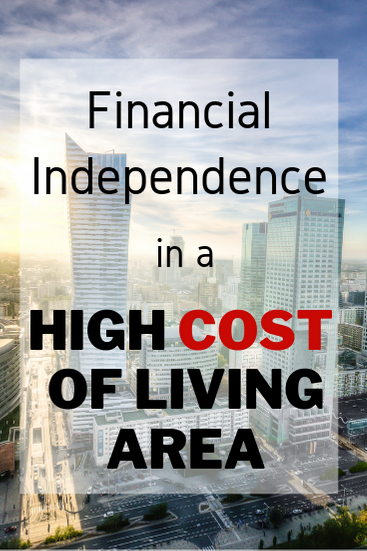
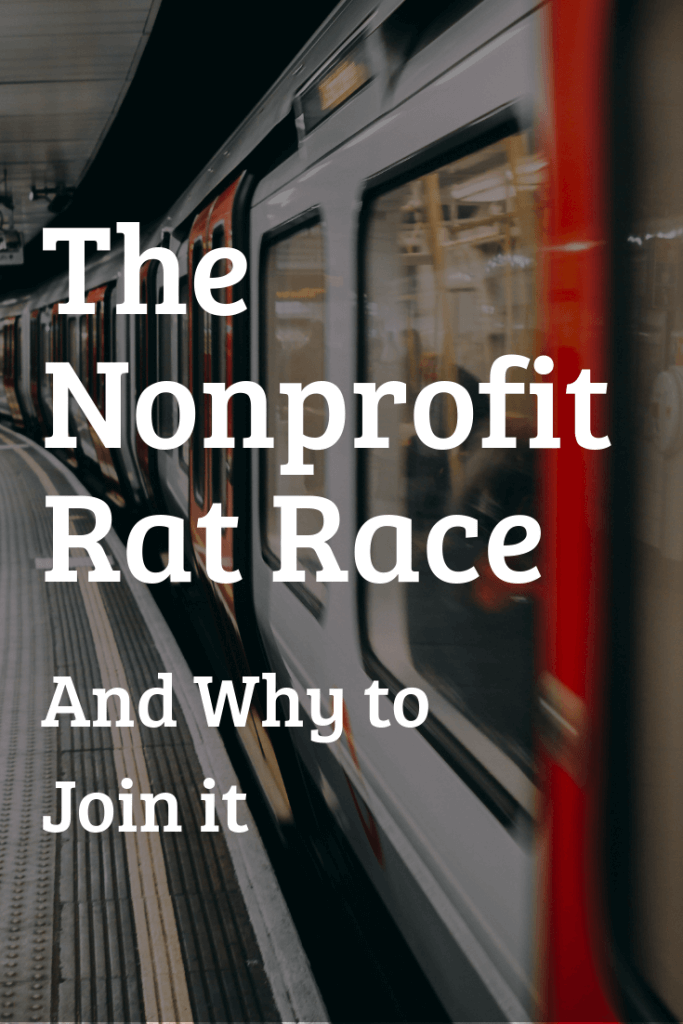

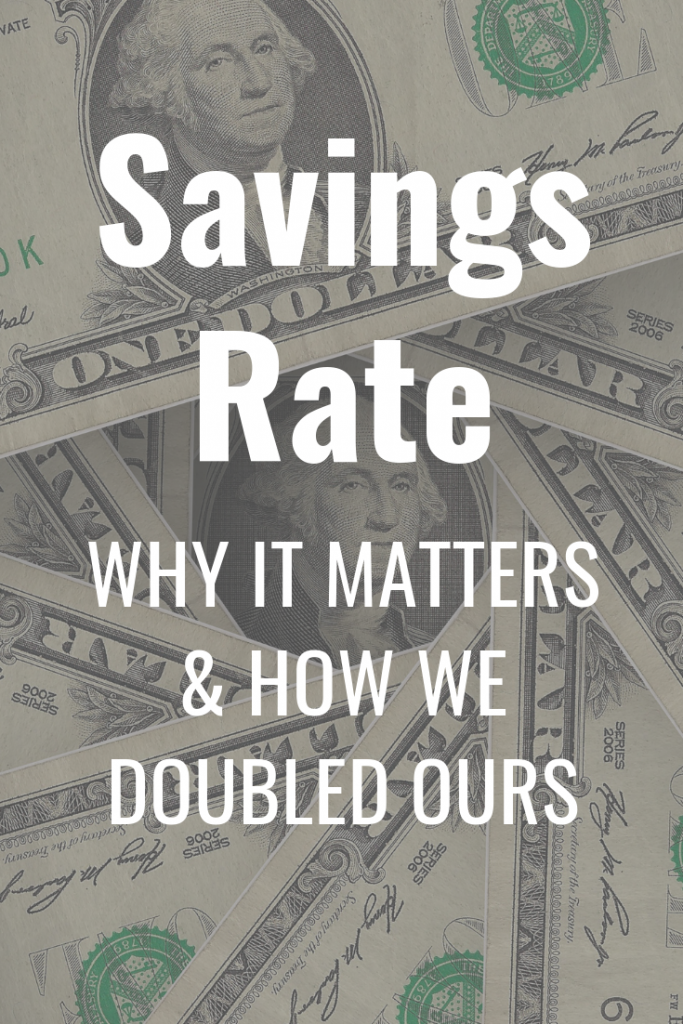
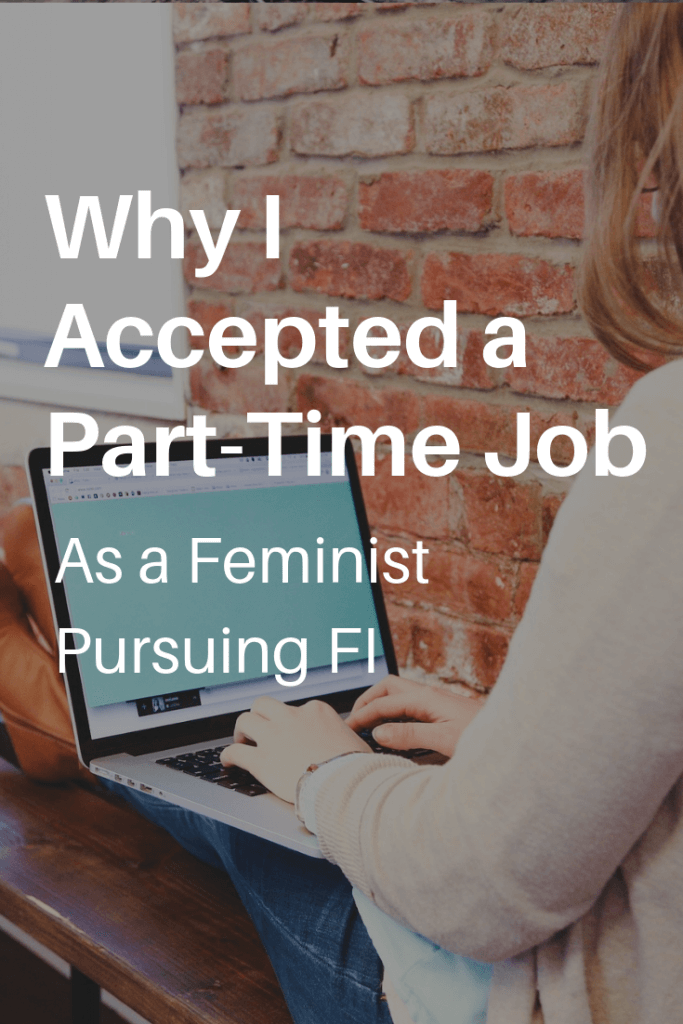



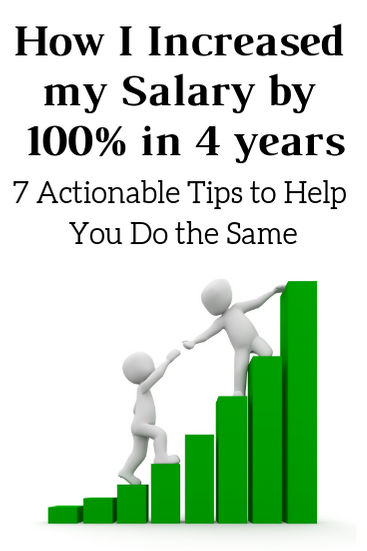
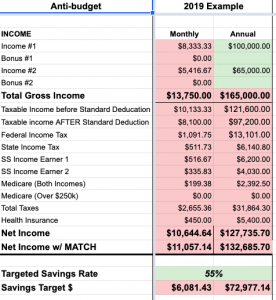

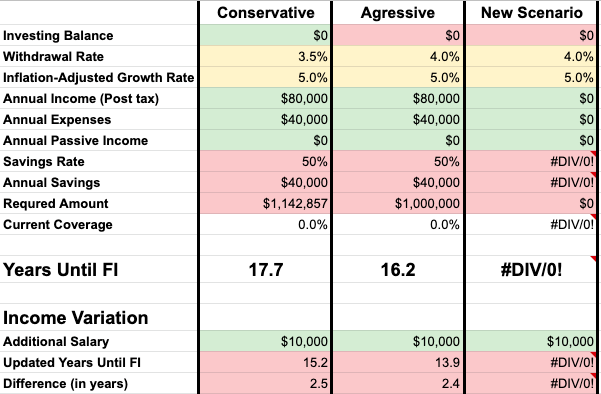
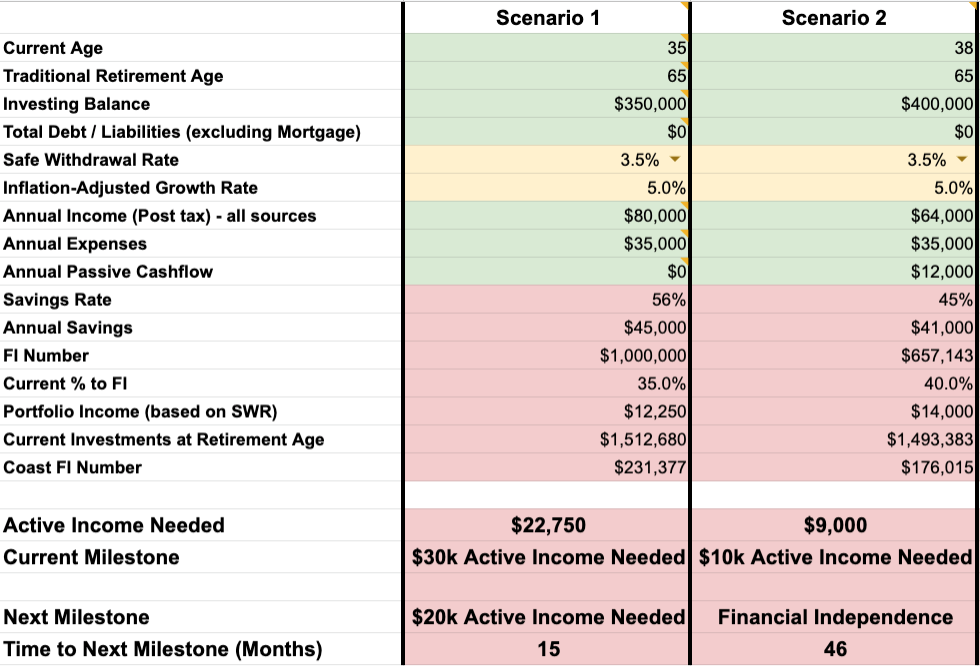
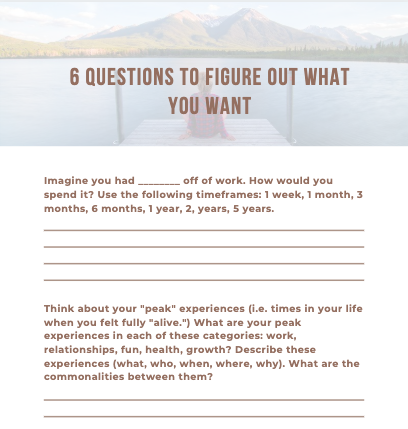
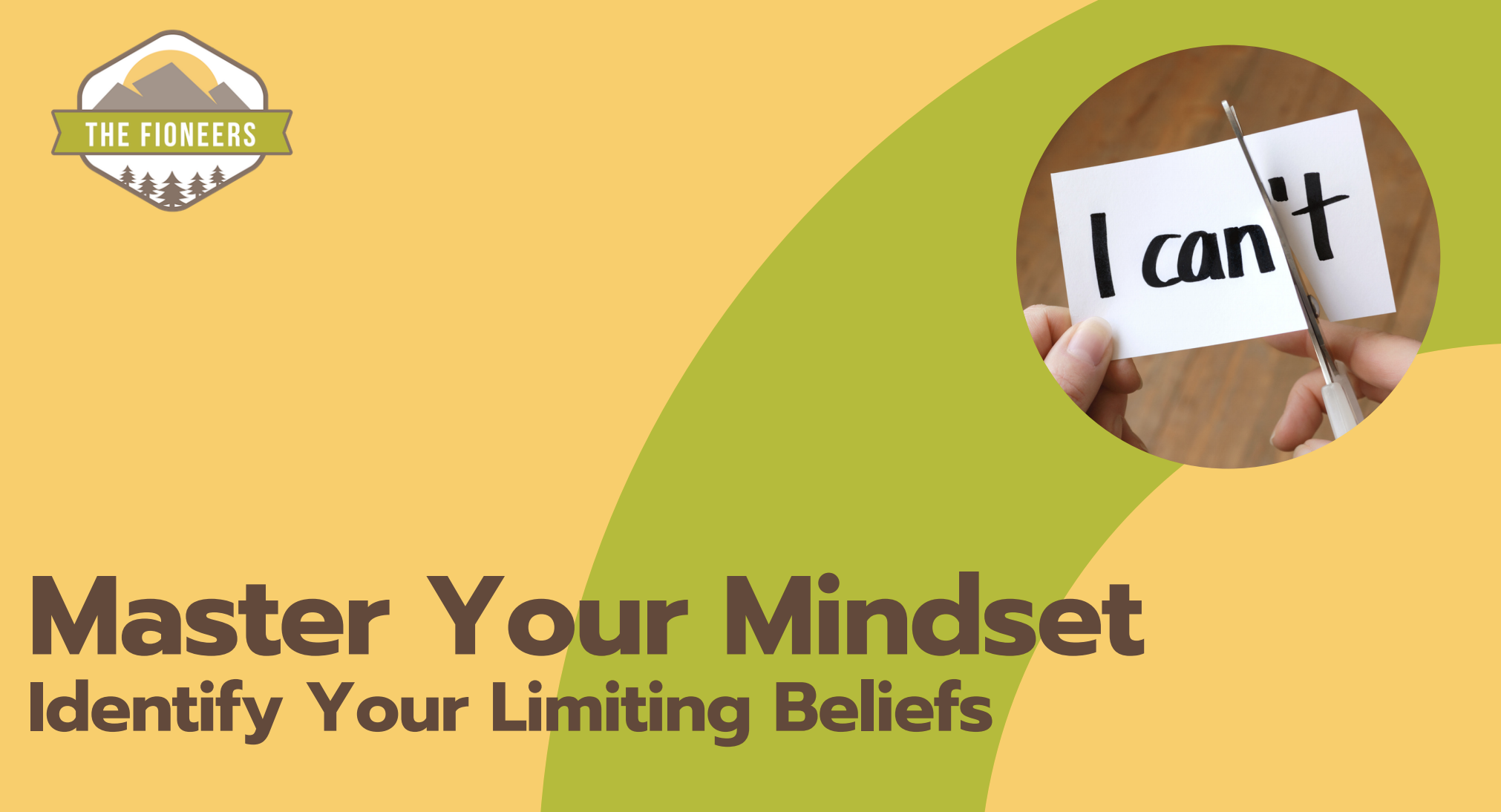
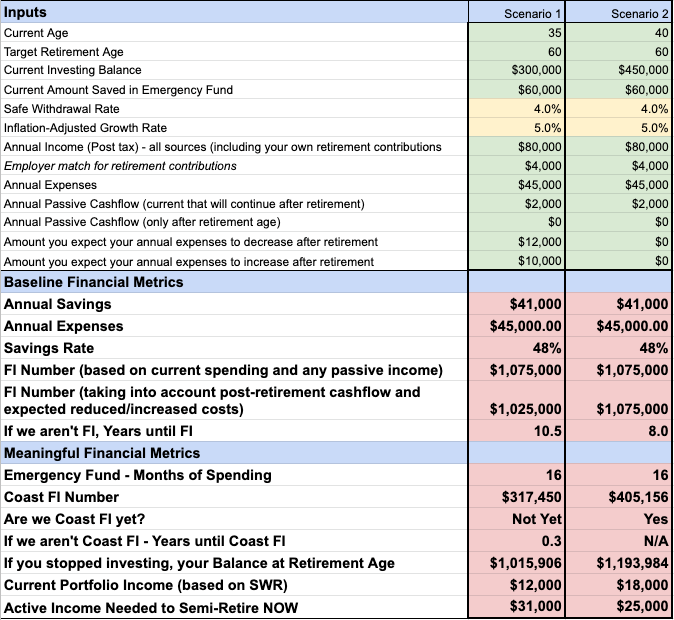
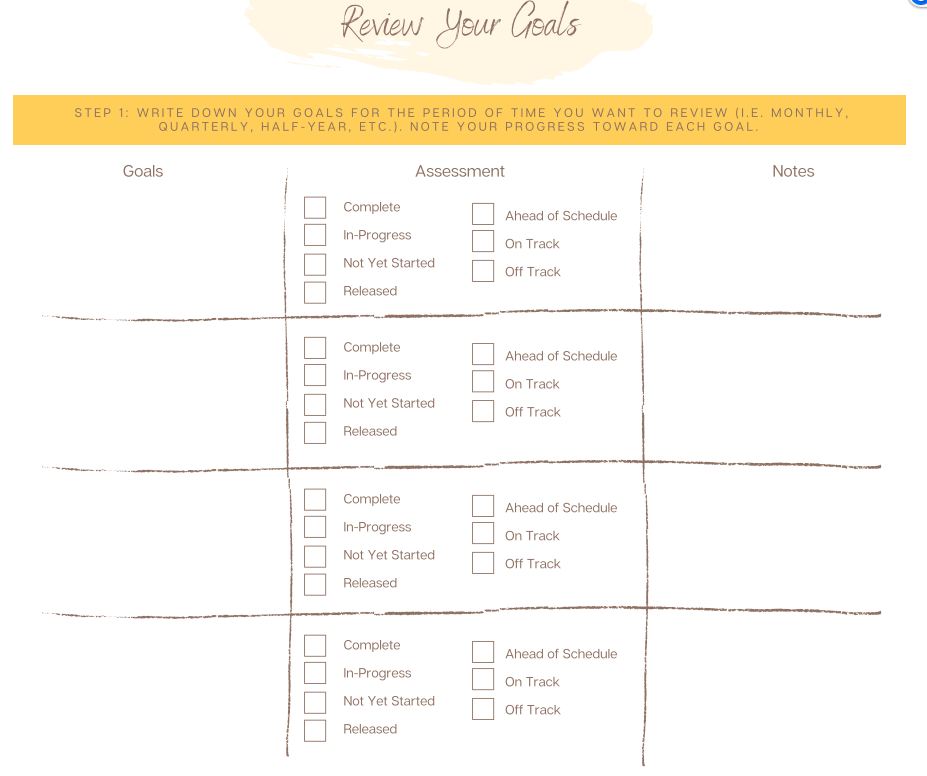
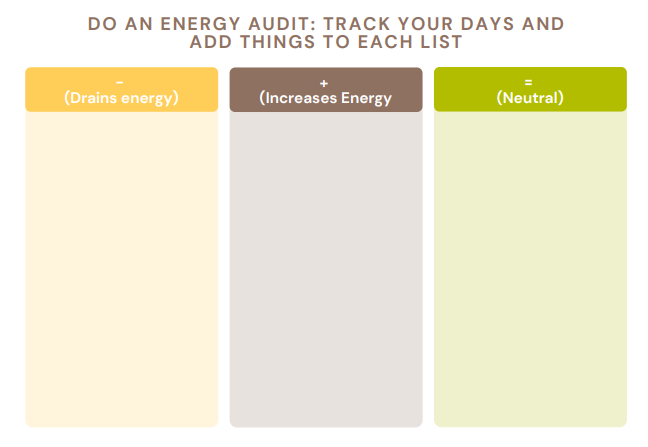

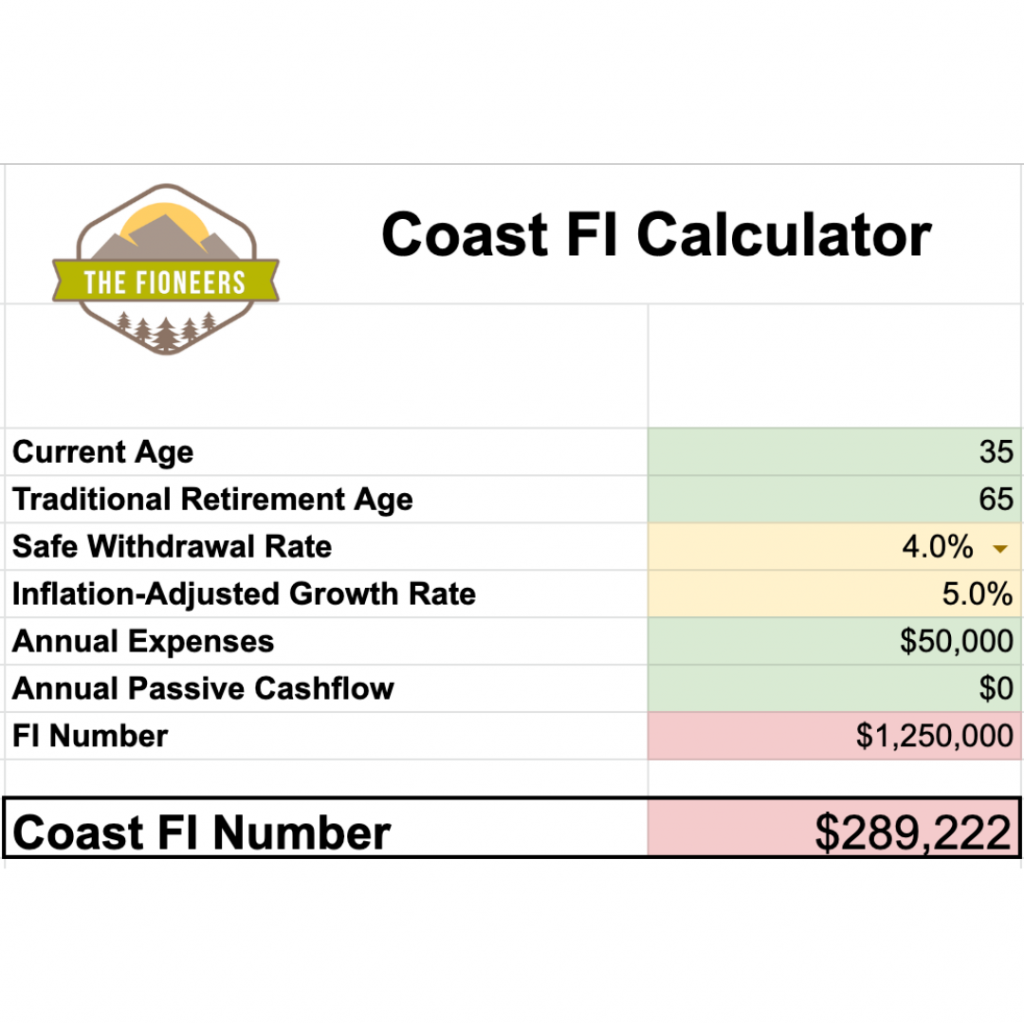



Great article! It’s nice to see the different types of ways that you have invested in yourself. In the financial independence world it is so easy to think that we should just save our money and do everything on our own. I’m happy to be working with you as your nutrition coach and being a part of your health journey!
Thank you! I agree – we all definitely think we should try to do it all on our own. I’m so glad to be working with you!